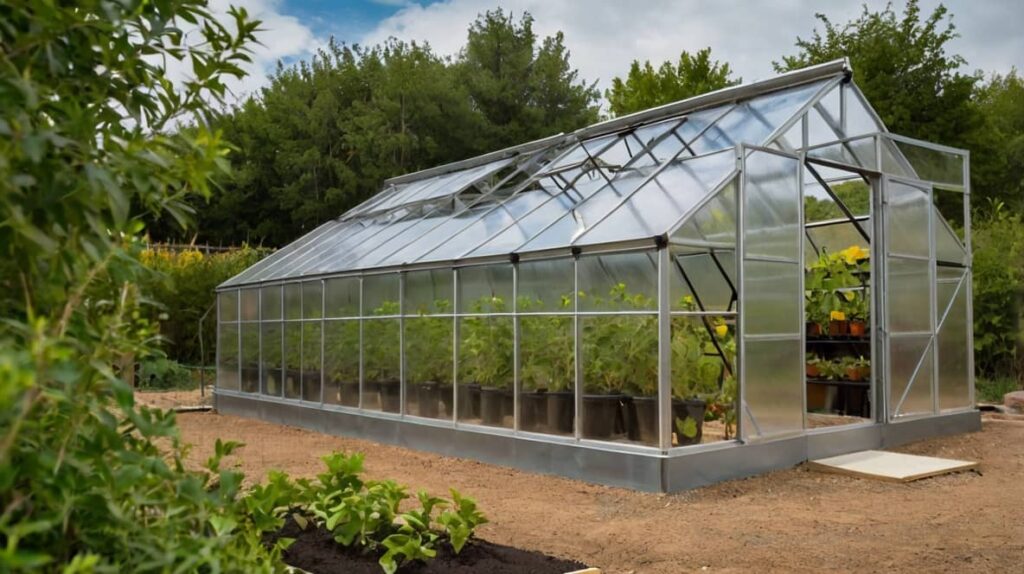Growing vegetables in a greenhouse has been one of the most rewarding gardening experiences I’ve ever had. It’s like having a little slice of summer right in my backyard, even when the weather outside is less than ideal. Over time, I’ve learned a few things (sometimes the hard way) about how to make the most of greenhouse gardening. Let me walk you through my step-by-step guide on how to get started and keep those veggies thriving.
Step 1: Get Your Greenhouse Ready
First things first – let’s talk setup. Before planting anything, I make sure my greenhouse is clean and organized. I wipe down the glass or plastic walls to maximize light exposure, sweep the floors, and double-check that my ventillation system is working. Proper airflow is crucial for keeping mold and mildew at bay. Trust me, it’s worth taking a little time upfront to get everything shipshape.
Step 2: Choose Your Vegetables
Now for the fun part – deciding what to grow! I usually go for a mix of fast-growing veggies like lettuce and spinach, alongside slower-growing crops like tomatoes and peppers. The beauty of a greenhouse is that I can experiment with plants I might not have thought of growing outside, like cucumbers and even a few herbs.
Step 3: Start Planting
I like to start seeds in trays first, letting them sprout and develop sturdy roots before moving them to larger pots or directly into greenhouse beds. This gives the plants a head start and helps me keep things organized (plus, I can squeeze in a few extra trays if I’m tight on space). Once my seedlings are a few inches tall and look strong, it’s time to transplant them.
Step 4: Monitor Temperature and Humidity
One of the most important lessons I’ve learned is to keep a close eye on the temperature and humidity inside the greenhouse. Vegetables like it warm, but if it gets too hot, they can wilt. I use a simple thermometer and hygrometer to monitor things. When it starts to feel like a sauna in there, I crack open the vents or windows, or use a fan to get the air moving.
Step 5: Water Regularly (But Not Too Much!)
Watering in a greenhouse is a bit different than watering an outdoor garden. The enclosed space means the soil dries out more slowly, but it can also get soggy if I’m not careful. I usually water in the morning so the plants have time to absorb moisture throughout the day. And when I can, I use a watering can with a gentle sprinkle – it’s like giving the plants a little spa treatment.
Step 6: Feed Your Plants
Since greenhouse plants don’t get nutrients from rain or natural compost like they would outdoors, I give them a little boost with some fertilizer. I usually use an organic mix, and I only feed every couple of weeks. It’s amazing how a little extra love can make the plants go from “eh” to “wow!”
Step 7: Keep Pests Away
Just because the greenhouse is enclosed doesn’t mean bugs can’t find their way in. I keep an eye out for aphids, spider mites, and other pests. When I see any signs of trouble, I try to nip it in the bud – literaly – with natural pest control methods, like neem oil or insecticidal soap.
Step 8: Harvest and Enjoy
This is my favorite part. When my veggies are ready, I harvest them bit by bit, just what I need for meals. There’s nothing quite like the taste of a tomato picked right off the vine or the crunch of freshly cut lettuce. Plus, it gives me a sense of pride knowing I grew it all myself.




